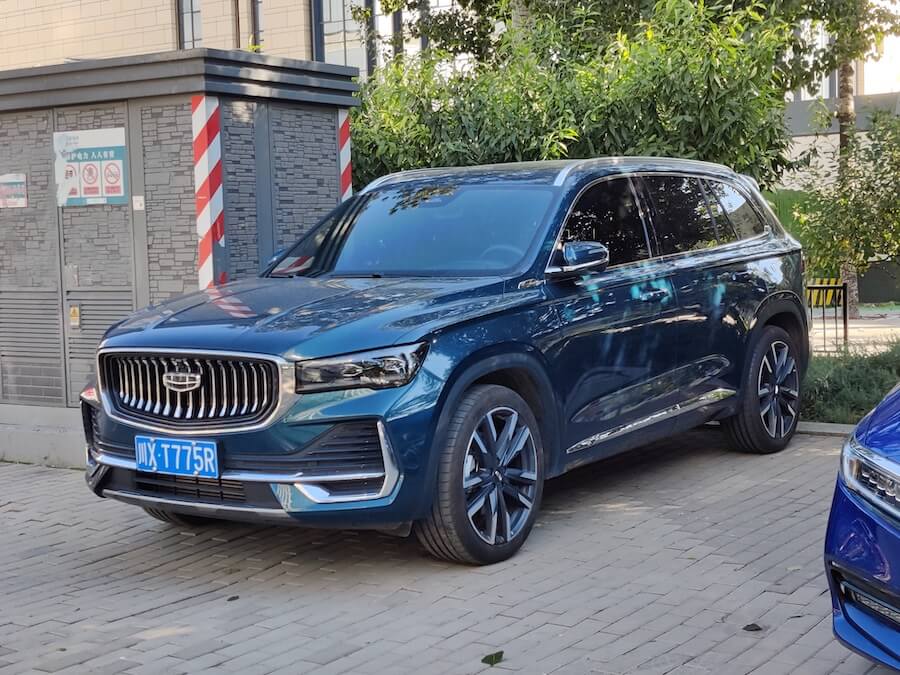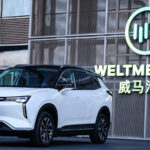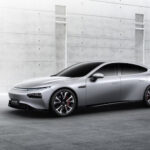China’s Domestic Automotive Groups Excel in Export Sales
Analysis Report – July 2023
Introduction
This analysis report examines the performance of China’s domestic automotive groups in the first half of 2023 with a specific focus on their export sales. The report highlights the top ten domestic car manufacturers in terms of export volumes, their market shares, and the increasing significance of overseas business for the Chinese automotive industry.
| Ranking | Automotive Group | Export Sales in H1 of 2023 | Total Sales in H1f of 2023 | Export Proportion | Export Proportion Ranking |
| 1 | SAIC | 533,000 | 2,072,000 | 25.72% | 4 |
| 2 | Chery | 394,000 | 741,000 | 53.17% | 1 |
| 3 | Changan | 177,000 | 1,216,000 | 14.56% | 7 |
| 4 | GREAT WALL | 124,000 | 519,000 | 23.89% | 5 |
| 5 | Geely | 121,000 | 694,000 | 17.44% | 6 |
| 6 | DFAC | 103,000 | 946,000 | 10.89% | 8 |
| 7 | JAC | 89,000 | 279,000 | 31.90% | 3 |
| 8 | BYD | 81,000 | 1,256,000 | 6.45% | 10 |
| 9 | BAIC | 78,000 | 819,000 | 9.52% | 9 |
| 10 | CNHTC | 66,000 | 130,000 | 50.77% | 2 |
1. Export Sales Overview
In the first half of 2023, the cumulative export sales of the top ten Chinese domestic automotive groups reached 1.766 million vehicles, accounting for an impressive 83% share of the total export sales during the same period. This signifies the strength and competitiveness of these manufacturers in the global market.
2. Leading Exporters
Among the Chinese domestic car companies, SAIC Motor Corporation Limited (SAIC) emerged as the leading exporter during the first half of the year. SAIC’s export volume reached 533,000 vehicles, marking a remarkable year-on-year growth of 40%. Following closely, Chery Holding Group Co., Ltd. (Chery) secured the second position with 394,000 exported vehicles, registering a substantial year-on-year growth of 170%. The third spot was held by Changan Automobile Group (Changan), with 177,000 exported vehicles, of which 102,000 were under the Chinese domestic brand, showcasing a robust year-on-year growth of 94.39%.
3. Significance of Export Business
The importance of export business varied across different car companies. Two companies, Chery and China National Heavy Duty Truck Group Co., Ltd. (CNHTC), both had export sales accounting for over 50% of their total sales, standing at 53.17% and 50.77%, respectively. This indicates that for Chery and CNHTC, overseas operations are equally vital as their domestic business.
4. Strategic Positioning
Five other automotive groups, namely SAIC, Jiangling Motors Corporation Group (Jiangling), Great Wall Motors Company Limited (Great Wall), Geely Automobile Holdings Ltd. (Geely), and Changan, had export sales comprising more than 10% of their total sales. These figures demonstrate a significant strategic elevation of export business for these companies.
5. Growing Export Ventures
In contrast, BYD Auto Co., Ltd. (BYD), which has been making headlines in China, only saw its export sales account for 6.45% of its total sales in the first half of the year. However, it recorded an extraordinary year-on-year growth of 10.6 times, indicating that BYD’s export business is experiencing rapid expansion.
6. Future Outlook
Forecasters predict that with China’s electric vehicle market leading globally, Chinese automotive brands will gain popularity overseas. By 2030, annual sales of Chinese brands in international markets are projected to reach 9 million vehicles, resulting in a global market share of 30%. Moreover, the share of Chinese brands in the European market is expected to surpass 15%.
Conclusion
China’s domestic automotive groups have showcased remarkable performance in export sales during the first half of the year, with some companies even relying heavily on overseas business. As the electric vehicle market continues to flourish, Chinese automakers are well-positioned to expand their global presence, solidifying China’s position as a significant player in the international automotive industry. However, the industry must stay vigilant to navigate the complexities and challenges of global markets to maintain this upward trajectory in the future.
Photo from Wikimedea





